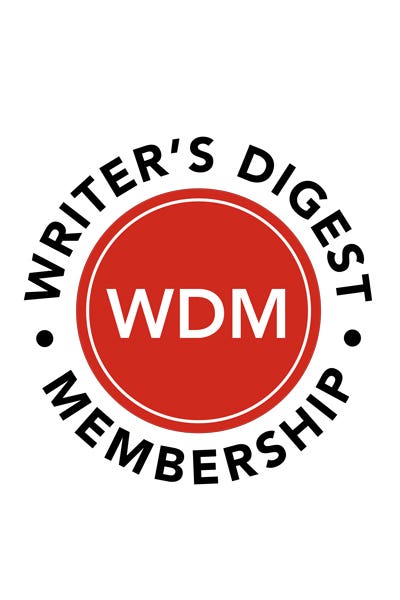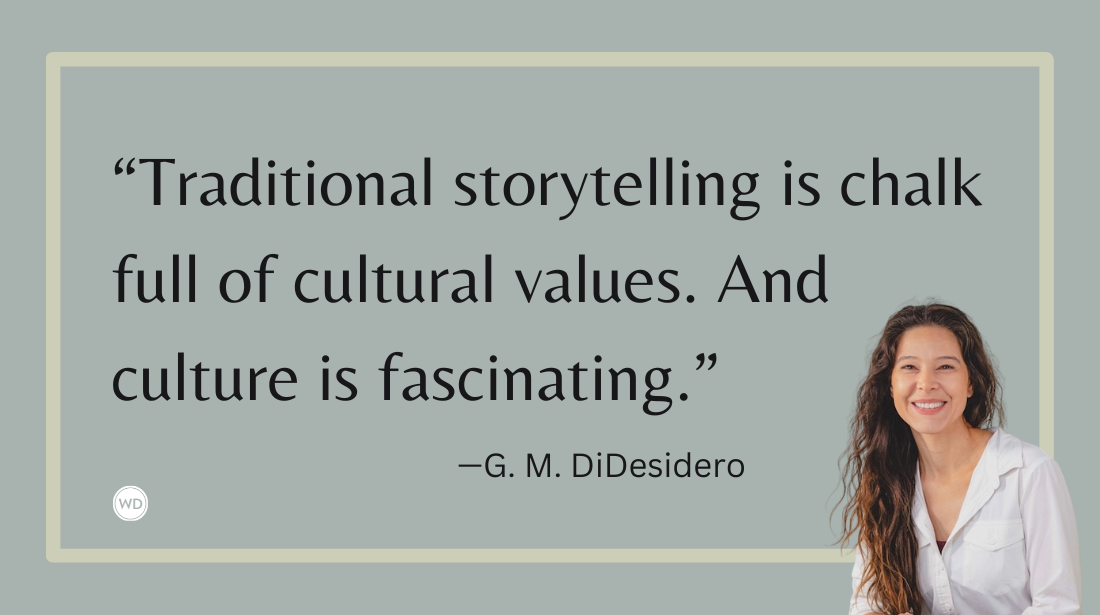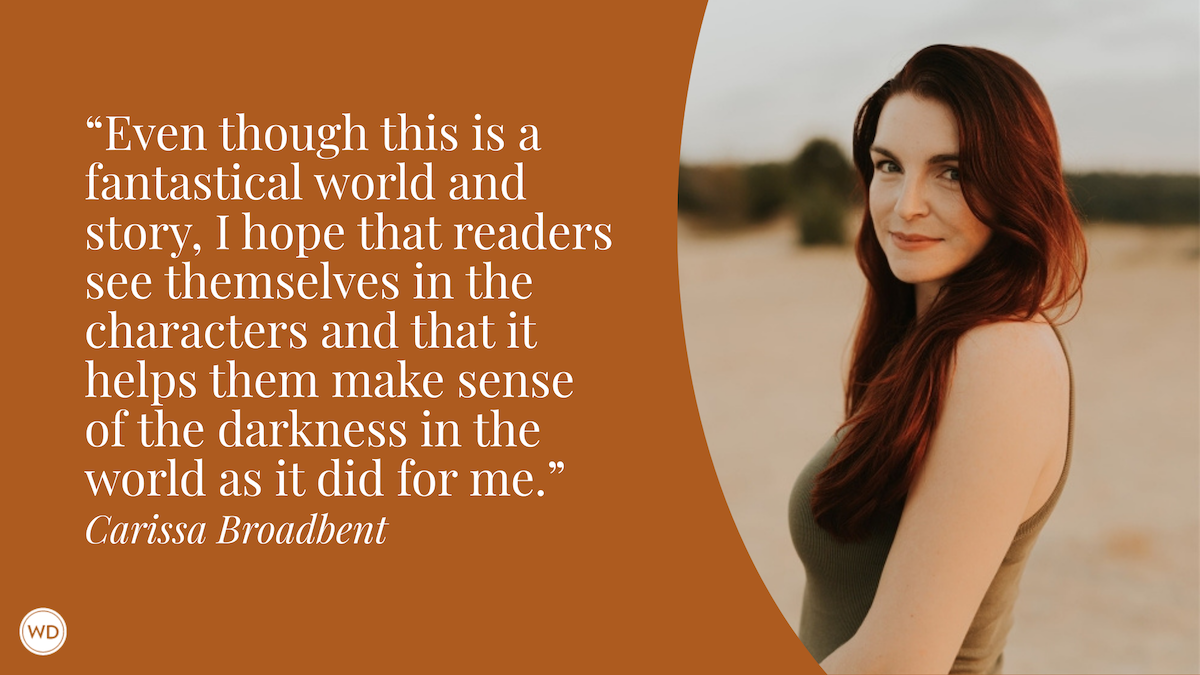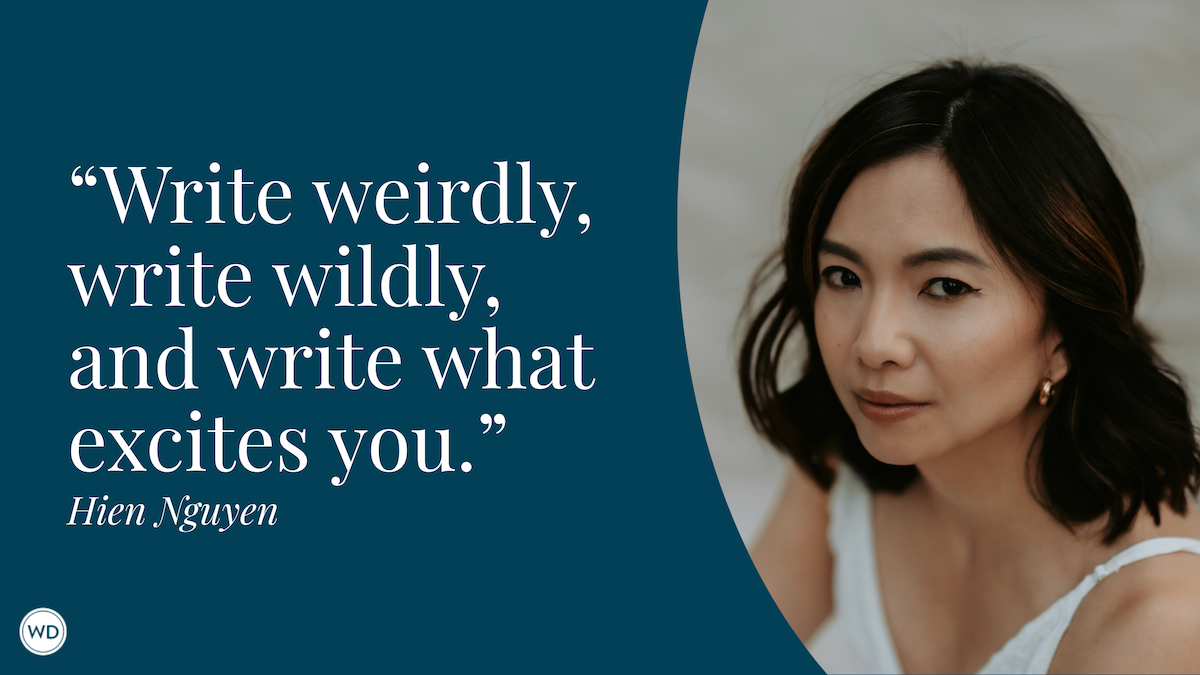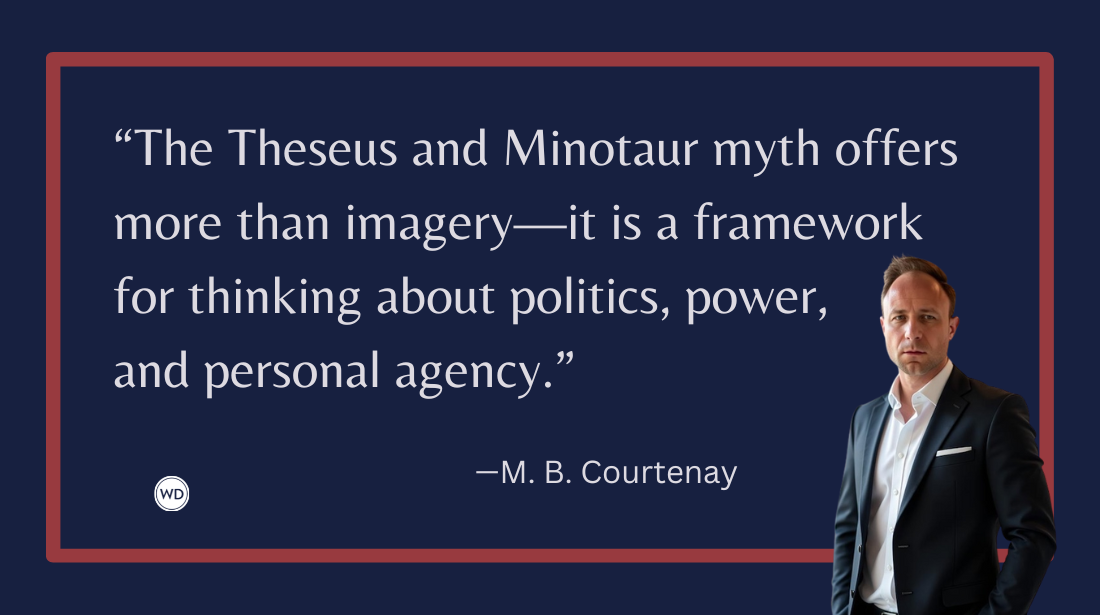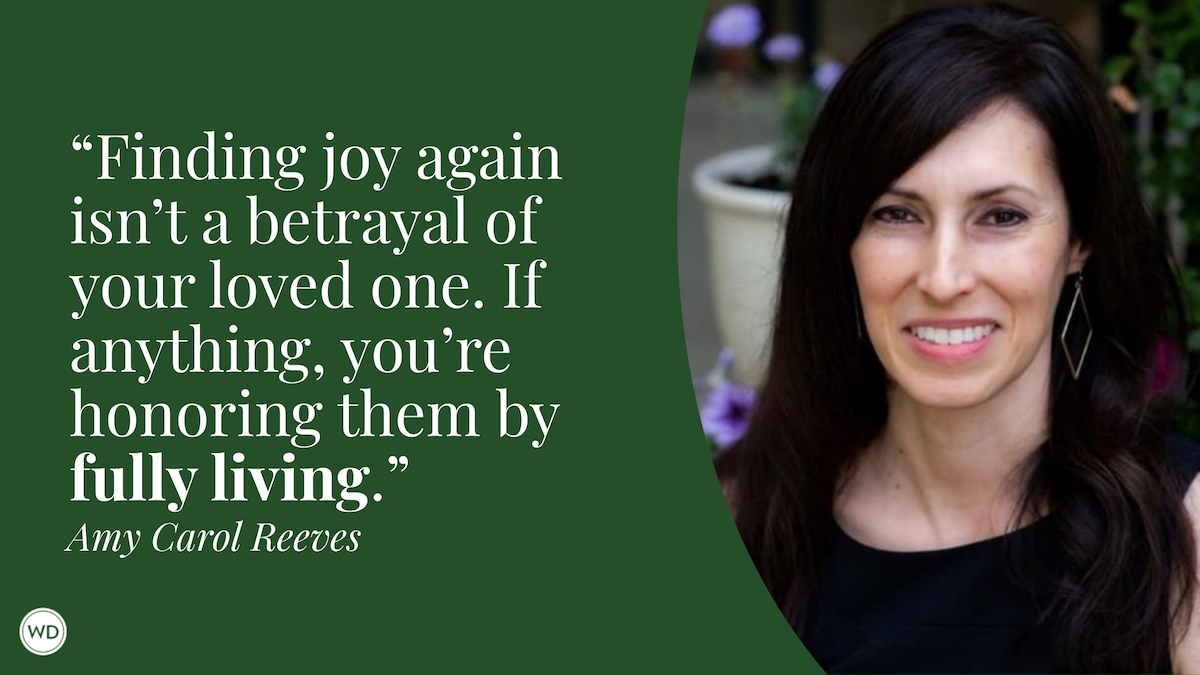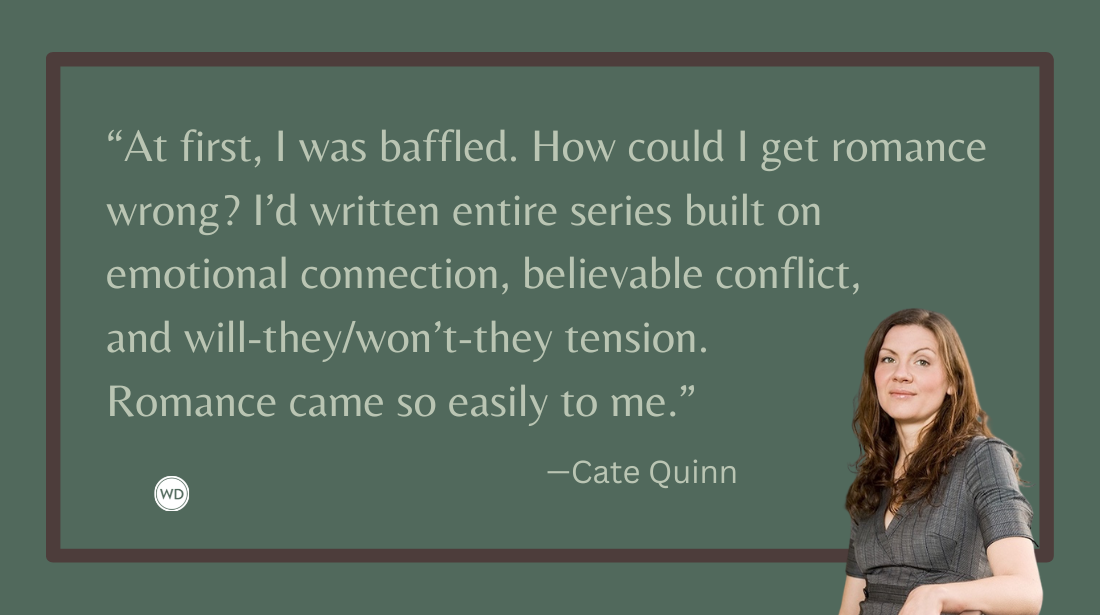Advancing Health Equity: How Fiction Can Step Up
Author (and physician) Rosey Lee borrows inspiration from history to integrate physical and mental health themes into her stories.
At 10 years old, my father began picking cotton on the rural Louisiana farm his grandparents rented for $100 per year. I grew up hearing stories about my great-grandparents’ resilience and lineage, so I understood from an early age that people who enslaved my ancestors also appear in our family tree, just a couple of generations before the elders who doted on me and served as a fount of encouragement until the last one died while I was in medical school.
My father’s stories played in the background of my mind as I wrote my debut novel, The Gardins of Edin. It’s a tale of a loving but dysfunctional family that owns a multimillion-dollar peanut empire in the fictional rural town of Edin, Georgia. The Gardin family lives on an idyllic estate, as the book imagines what life might be like for a Black Southern family if towns founded by previously enslaved people—like Eatonville, Florida, and Roberts Settlement, Indiana—had been allowed to thrive. The book features themes around physical health and mental health. My father’s stories are connected to that decision too.
I’ll never forget the look on my father’s face the first time he held my book in his hands. Rosey Lee is my pen name. So, if I ever wondered if my father would have been prouder seeing the last name he passed on to me at the bottom of my book cover instead of my pseudonym, I had my answer. His grin, an incandescent mix of pride and glee, told me that he would not. When I graduated from medical school, my parents chartered a bus to bring about 50 family members and friends across three states to attend the ceremony. My father, the man who is so proud of my medical career that he calls me “Doctor” whenever we talk, beamed brightly during the festivities. But it didn’t compare to his smile as he held my book.
I didn’t have to ask my father to explain his reaction. For years I’d heard the stories of his kindergarten teacher’s surprise on the first day of school when she discovered that he could already read. I developed a love for collecting old books because I spent many hours of my childhood thumbing through the Black history textbooks he and my mother used in college. Books paved my father’s path from the cotton fields to the public school classrooms where he taught English and history. Holding my debut novel in his hands, my father’s face reflected the same thing his stories had instilled in me over the years—books are a symbol of freedom and a tool for healing.
My interest in health is fueled by the stories I heard about family members as well as the need I saw with my own eyes growing up in the New Orleans area. Many people were disproportionately affected by medical conditions compared to others in neighboring areas who were wealthier, who had more education, and who had better access to health services. I wanted everyone to have the health information and resources needed to live their lives to the fullest extent, so they could avoid having higher rates of illnesses, suffering from worse health outcomes, and dying prematurely. That’s what health equity is all about—everyone having a fair and just opportunity to attain their highest level of health.
We didn’t use the phrase “health equity” when I began my pre-medicine studies more than three decades ago. But looking back, I can see that I still picked up on the powerful connection between health literacy and health equity. The U.S. Department of Health and Human Services defines personal health literacy as “the degree to which individuals have the ability to find, understand, and use information and services to inform health-related decisions and actions for themselves and others.” Health literacy plays a critical role in advancing health equity.
I’ve dedicated my medical career to health equity, using strategies aimed at both individuals and groups of people. I’ve provided primary care services in health centers where most of the patients do not have health insurance. I’ve also worked on activities designed to help large populations—from projects that sought to strengthen the health infrastructure in communities impacted by hurricanes and oil spills to initiatives that addressed hypertension, cardiovascular disease, and stroke in communities that have higher rates than the national average. These experiences have taught me that advancing health equity is a long game.
In this time when resources are increasingly scarce and priorities shifted, we must continue the charge to advance health equity. It is imperative that we become more creative in leveraging the assets we control. History offers guidance in how stories and writers can play a pivotal role in this way. Enslaved people used oral stories to provide hope and directions for their journeys to freedom. Their narratives also shed light on the medicinal traditions they used to stay alive. Using health themes in fiction can serve a similar function.
For my Gardins of Edin series, I selected health conditions that disproportionately impact Black families but are also broadly relatable because they affect so many people in our country, regardless of their race or ethnicity. The Gardins of Edin highlights cardiovascular health, mental health, and the link between them. Since heart attacks are so common and Black adults die from heart attacks at higher rates that others, I included a scene in which a character recognizes the signs and symptoms of a heart attack in another character and intervenes, providing readers with easy tips they could implement in their own lives. Readers learn that the Gardin women’s food choices are tied to their interest in preventing heart disease, with a range of approaches in the book—from one character who is working to increase vegetable intake to another who exclusively eats a plant-based diet.
Readers also go along with a character on her mental health journey, first discovering that her busy work schedule has caused her to fall out of therapy. The character’s health crisis provides insight into her condition that readers can apply to prevent experiencing similar consequences. The story gives readers a peek into the character’s mental health counseling sessions, highlighting the significance of both individual and family sessions. Black adults are 20% more likely to experience serious mental health issues, but only 1 in 3 Black adults with mental health issues get care. The Gardins of Edin seeks to address stigma and normalize talking about mental health, which are key strategies tied to promoting mental well-being. My upcoming novel, A Gardin Wedding, continues in this vein. It explores mental health, couple’s counseling, and the connection between vascular health and dementia.
I used the health themes in the Gardins of Edin series as tools for character development, both in how a character with an illness evolved over the course of the story and how other characters responded to the illness and interacted with each other around it. My book club kit features discussion questions and resources around the health themes in the book. While I don’t provide medical advice during author talks and interviews, I enjoy discussing the health themes that appear in my stories.
My writing career is a complement to my clinical and community work. I see my novels as an instrument in my health equity tool box. But attending medical school, residency training, and public health school are not requirements to be a literary champion for health equity. I believe that fiction writers who aren’t health professionals can do it too. It just takes a little creativity and effort. A health theme can be the main focus of a book or an issue a character deals with on a smaller level. When it comes to author talks, fiction writers who don’t feel comfortable discussing the health themes in their books on their own might consider inviting a health professional to join for a portion of the conversation.
Public libraries also play a powerful role in health literacy. They have an interest in books with health themes, and they may serve as an ideal site to host author talks that integrate health themes. For example, the Network of the National Library of Medicine (NNLM) Reading Club provides a model of success. From 2018 to 2022, a team of consumer health librarians selected books to align with selected health topics. The NNLM Reading Club Toolkit includes the health topics, book titles, and discussion guides. Libraries need support now more than ever, so writing new books with health themes is one way that we can help them.
There are many topics vying for writers’ attention these days, so it’s understandable if integrating health themes into fiction doesn’t appeal to every writer. But for those who are willing, this moment in time is filled with potential, if we choose to see it that way.
Check out Rosey Lee's A Gardin Wedding here:
(WD uses affiliate links)



